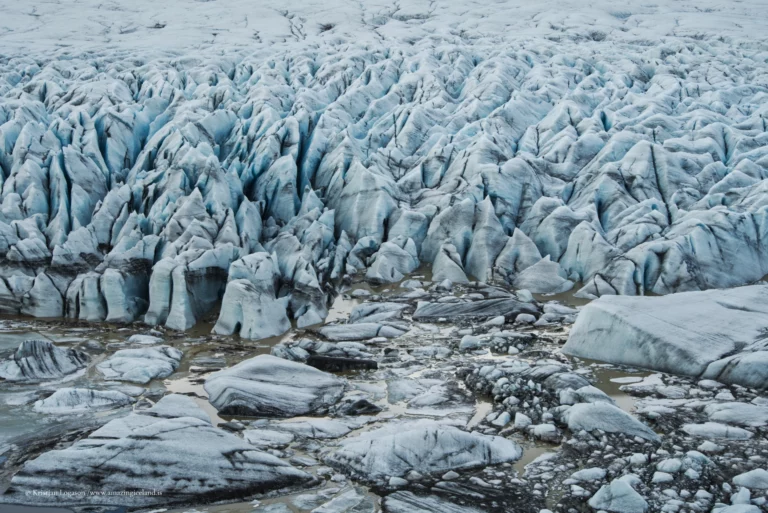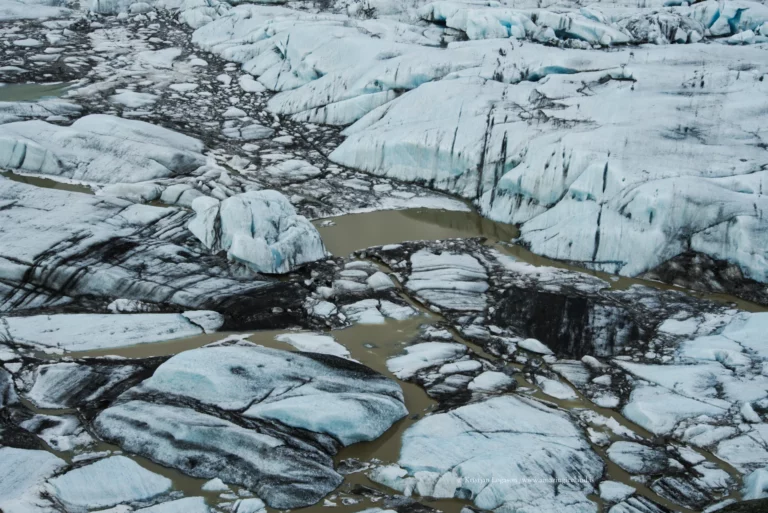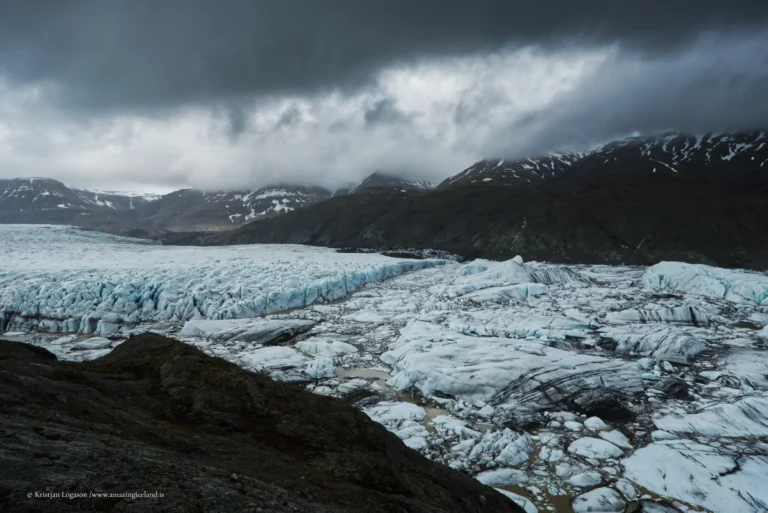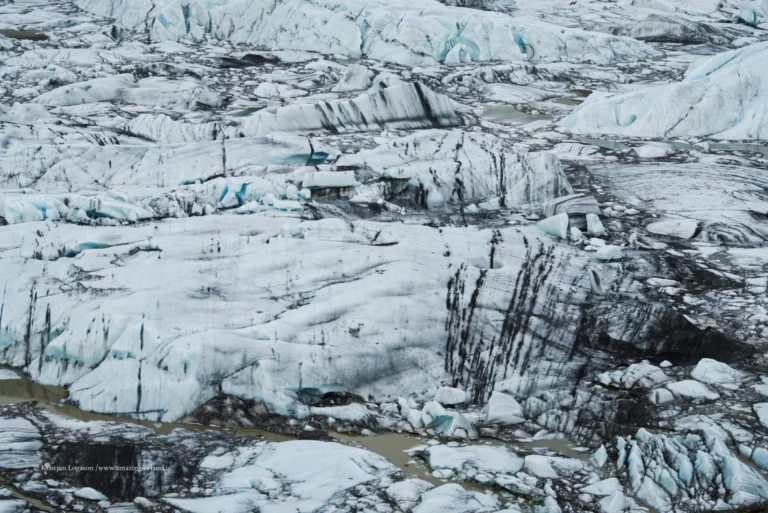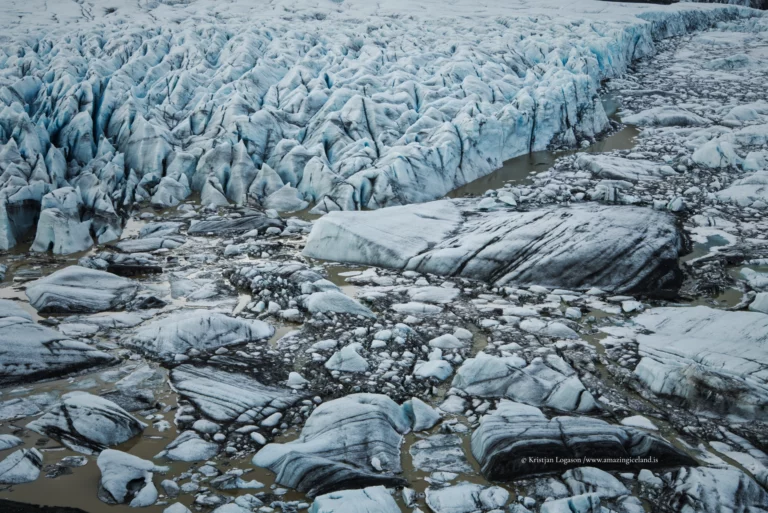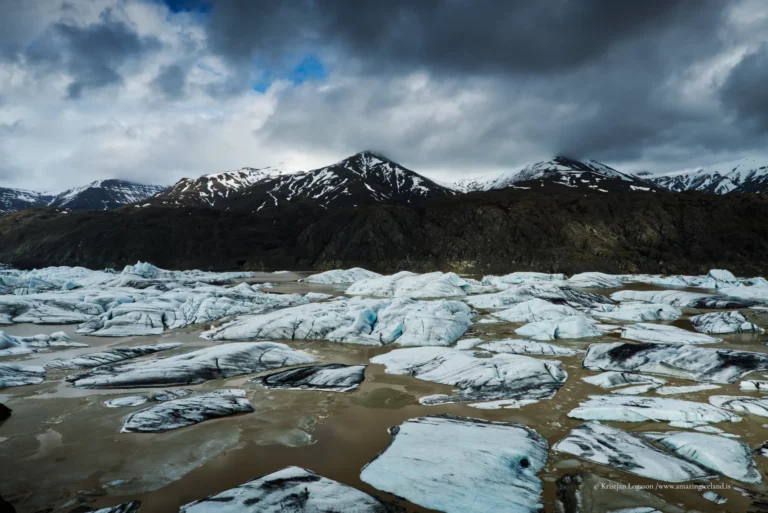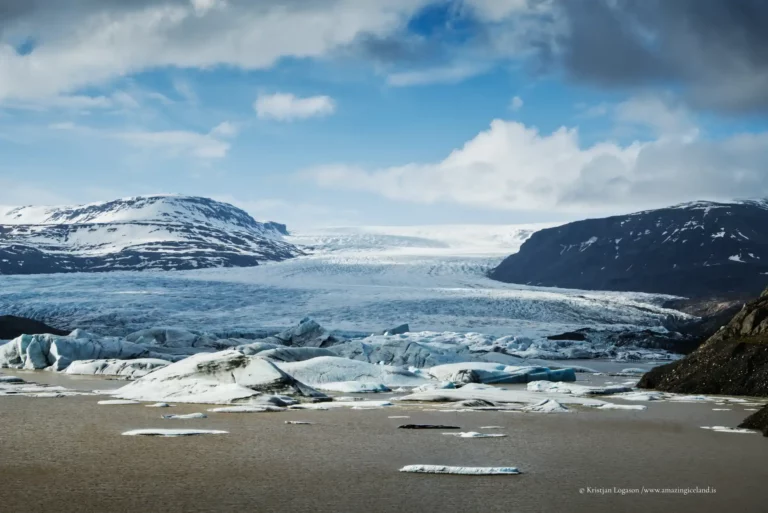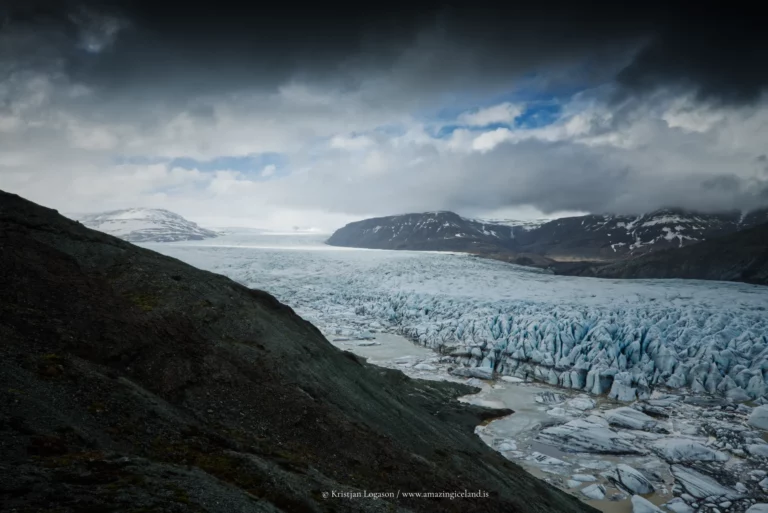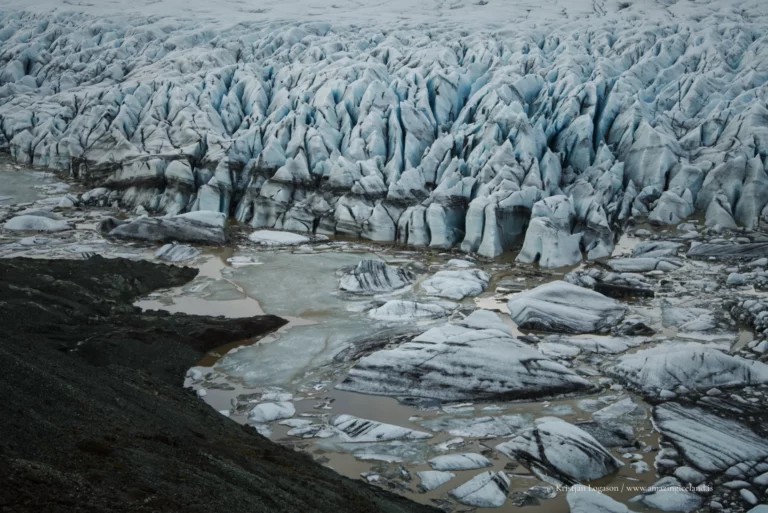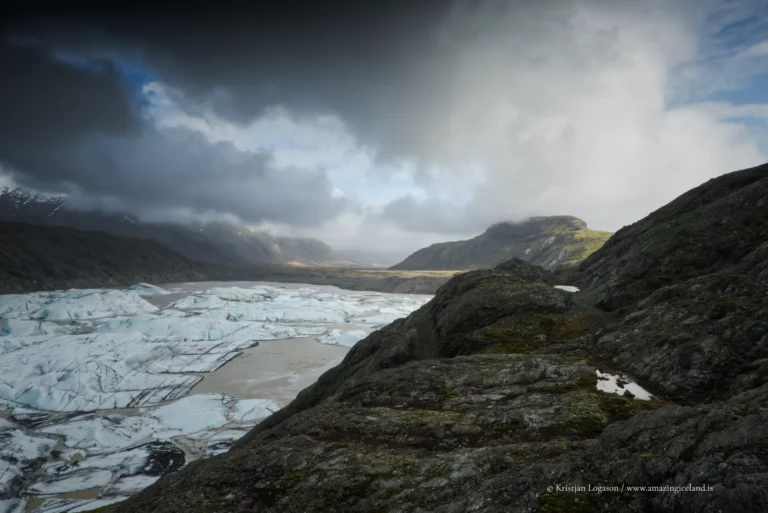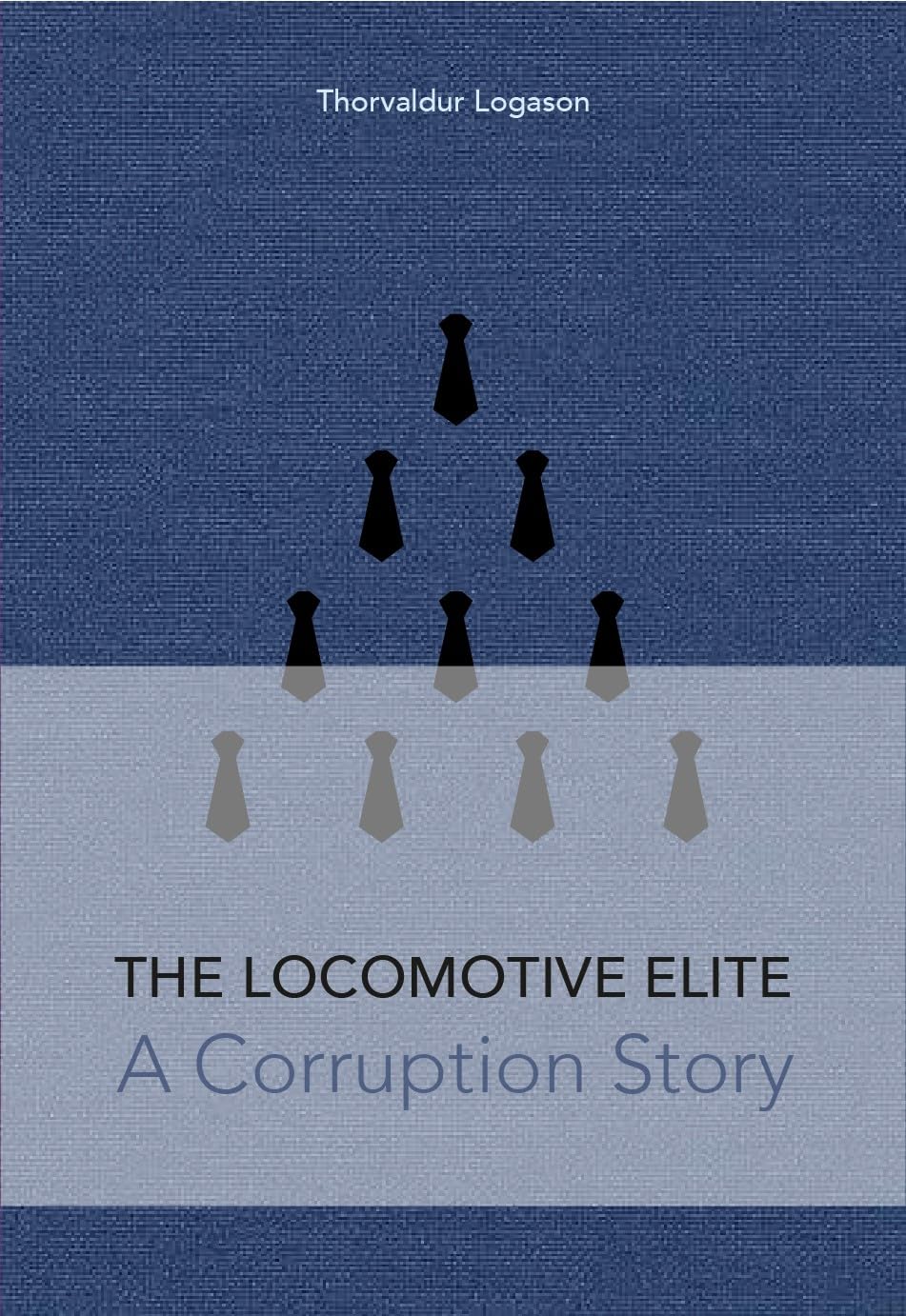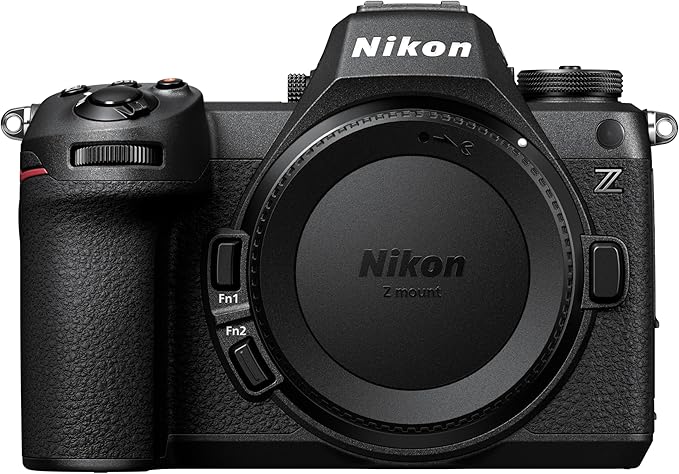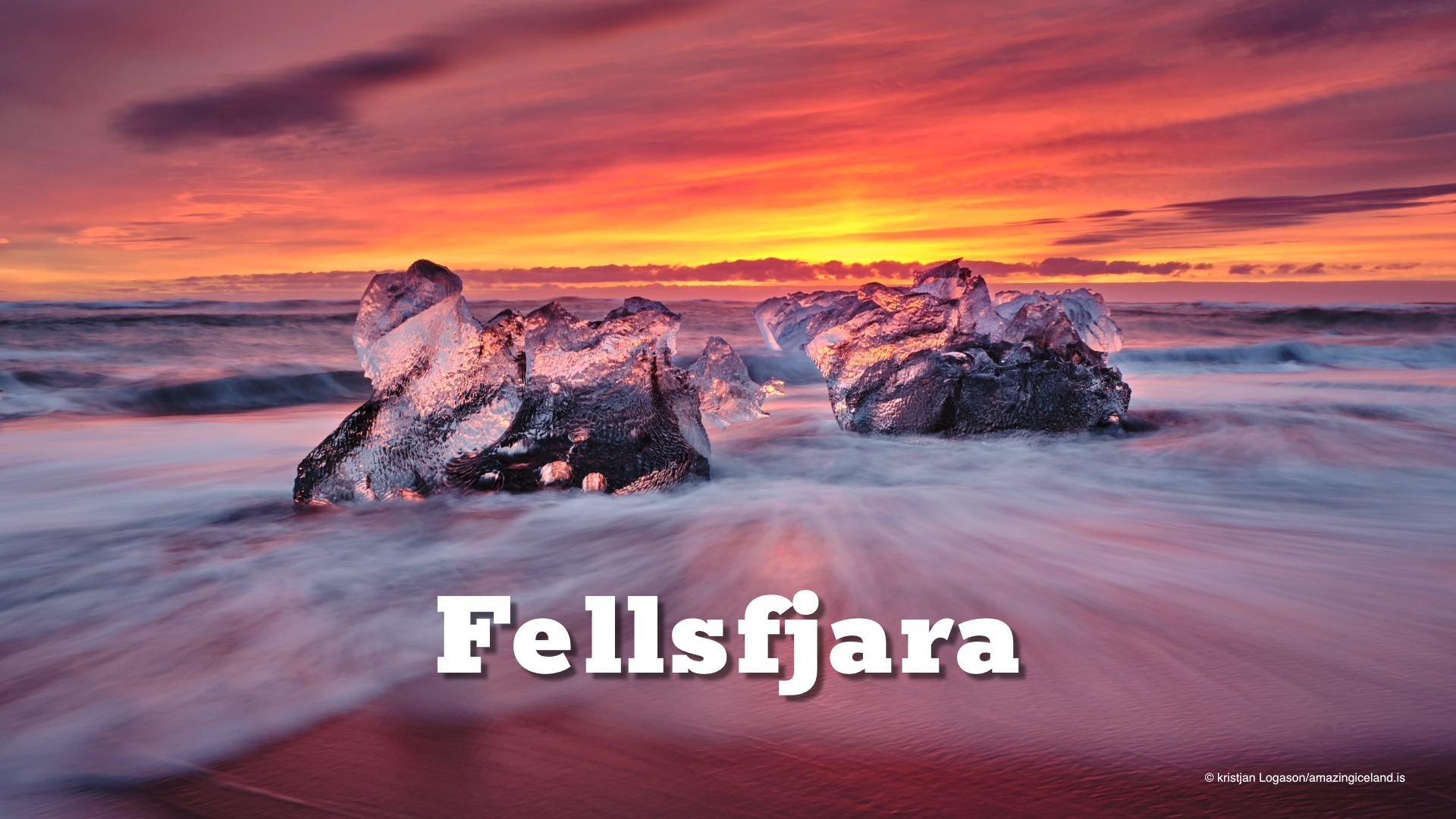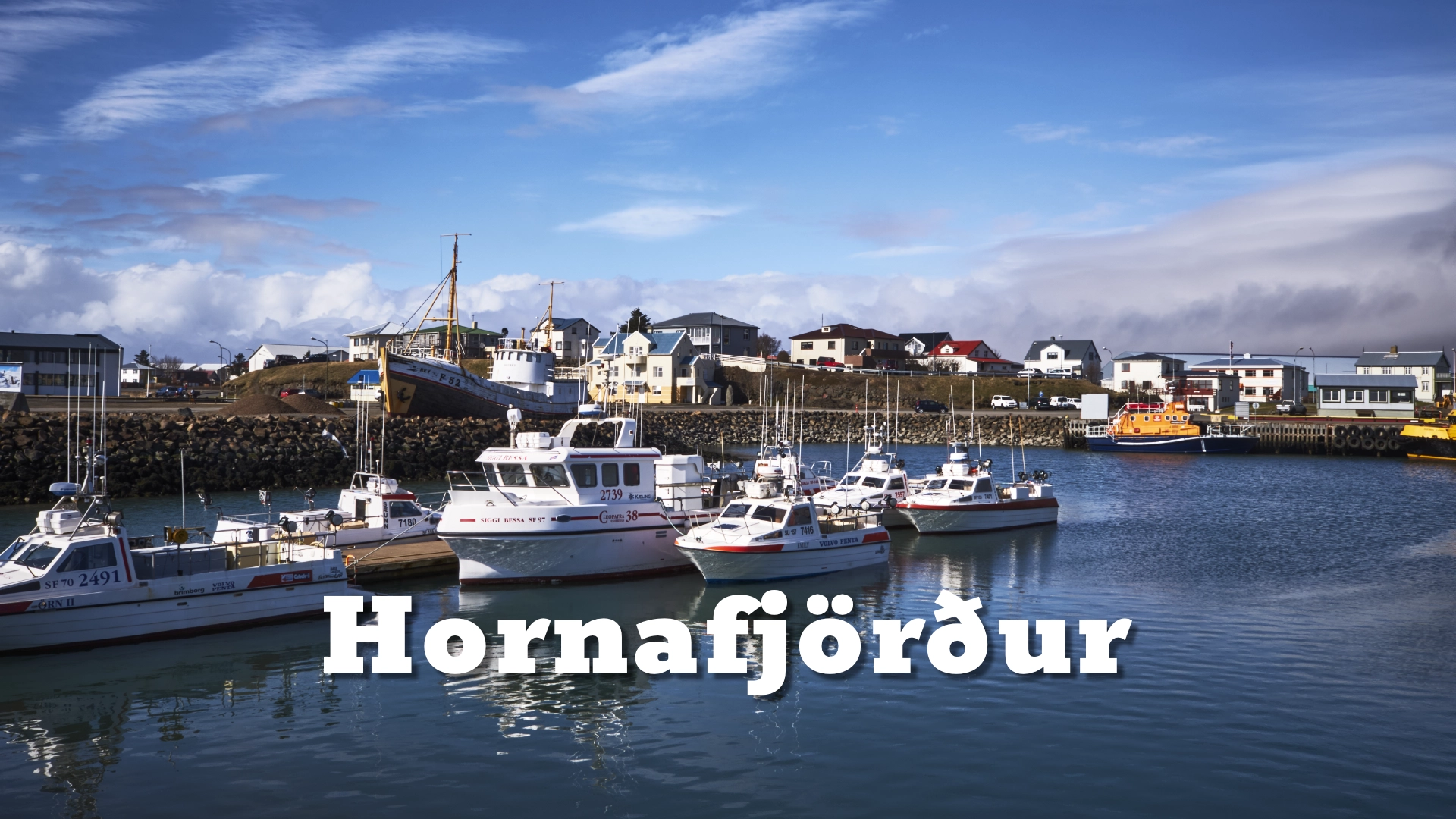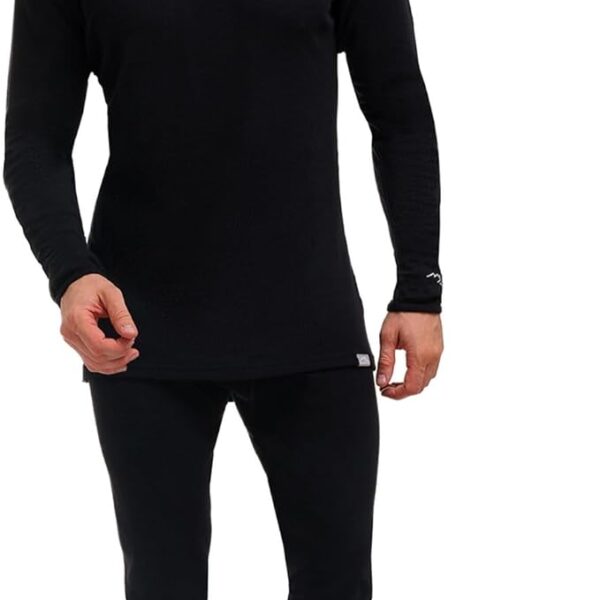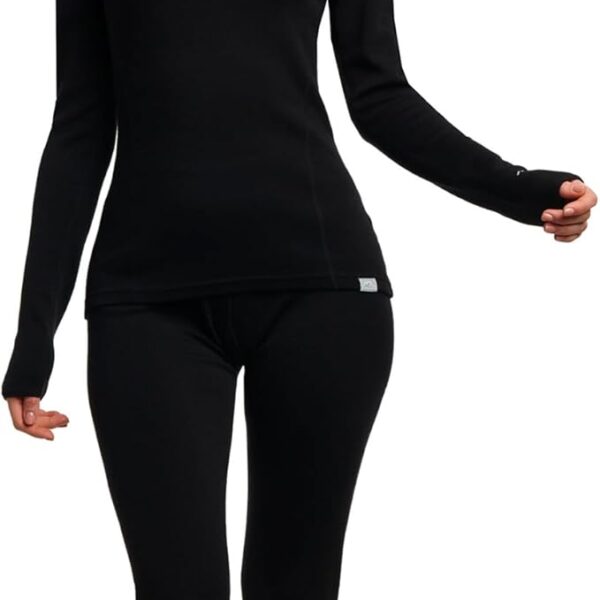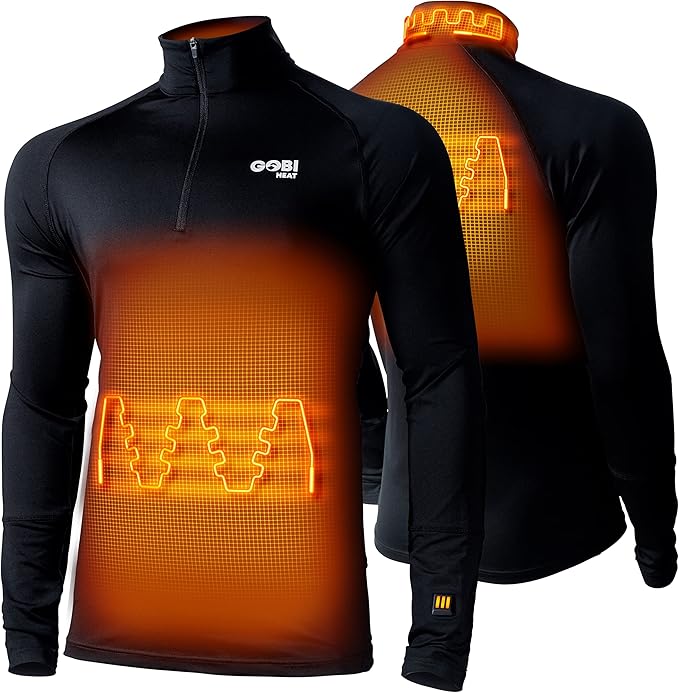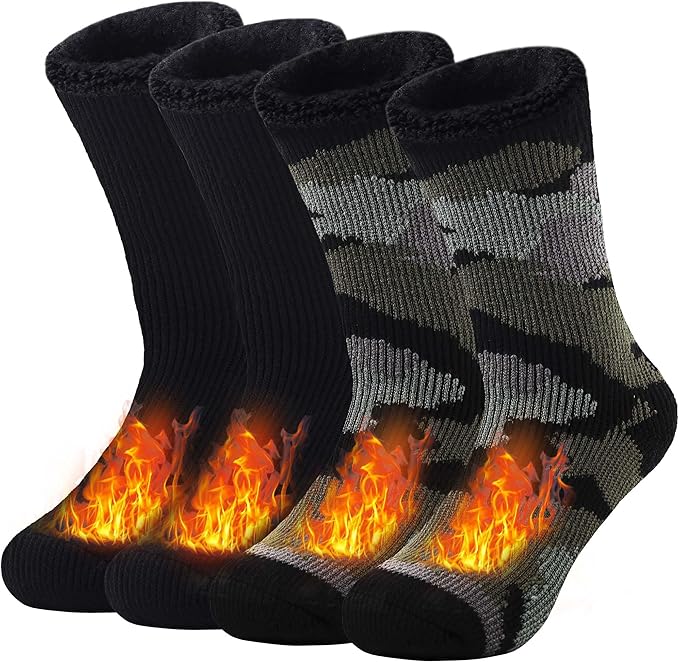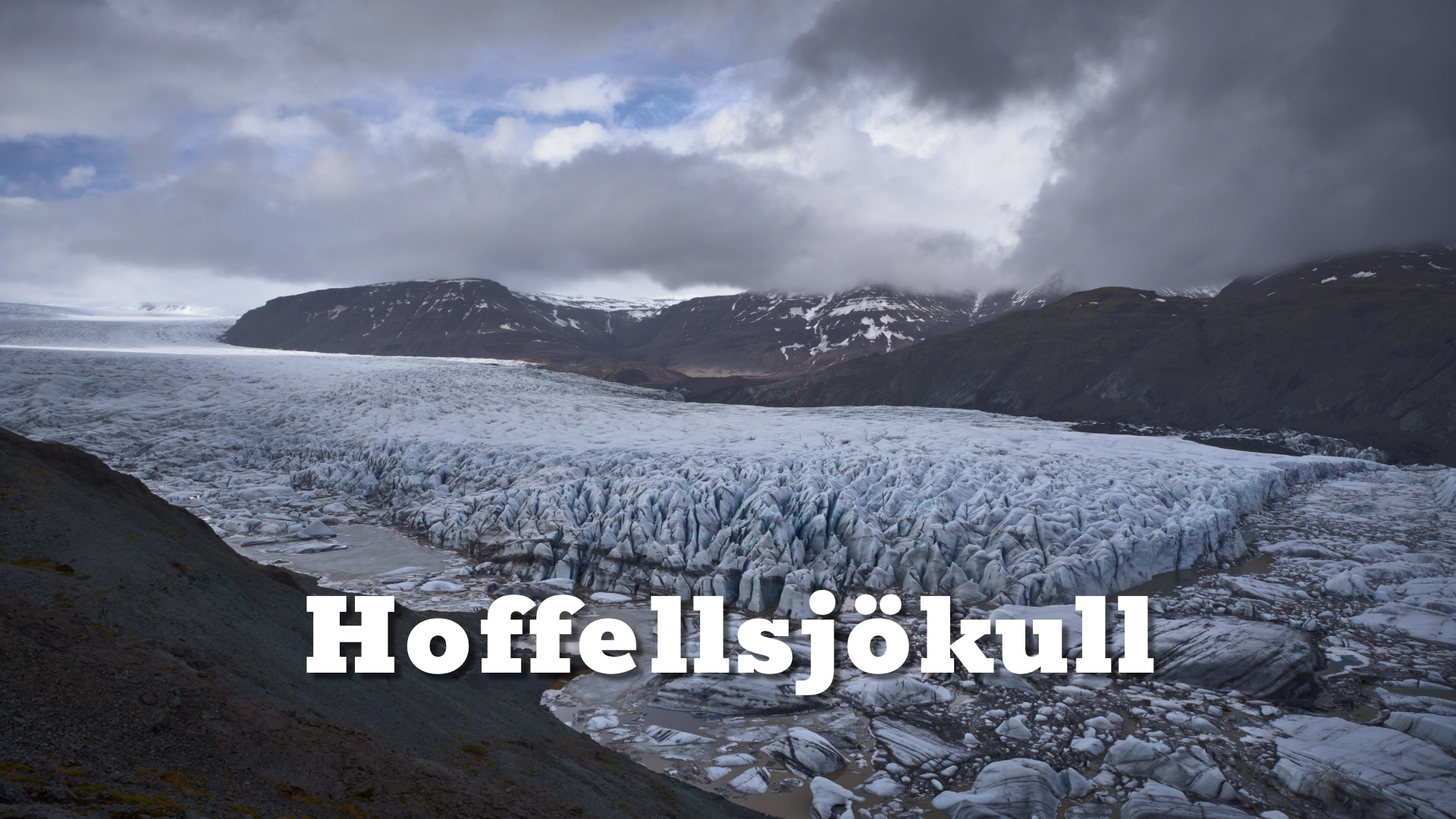
Hoffell is where Iceland’s contrasts align — geothermal warmth against glacial cold, cultivated land beside the restless ice. Just north of Höfn, this quiet valley opens inland toward Hoffellsjökull, one of the great outlet glaciers flowing from Vatnajökull National Park. Here, you can soak in natural hot tubs while gazing at the glacier that carved the valley itself. It’s a place that balances comfort and raw geology — human presence shaped by forces that move on geological timescales.
The location of Hoffell and Hoffellsjökull Glacier – Hot Springs and Ice in Southeast Iceland
Latitude
64.4181
Longitude
-15.3978
Hoffell and Hoffellsjökull Glacier – Hot Springs and Ice in Southeast Iceland
The Hoffell valley sits at the inland edge of Hornafjörður, roughly twenty kilometres from Höfn. It’s a landscape of contrast and sequence — ancient volcanic rock cut by modern ice, and the steady pulse of geothermal water beneath it all. As you travel up the gravel road toward the farm and guesthouse, the land opens into a wide trough bordered by moraines and low ridges that trace the glacier’s past positions. Hoffellsjökull itself, a southern outlet of Vatnajökull, has been retreating steadily for more than a century. In its wake lie proglacial ponds, kettle depressions, and braided meltwater channels that rearrange themselves season by season. Every visit offers a slightly different view — the land literally reshaping in plain sight.
The glacier’s retreat is not a quiet one. Its front calves into a shallow lagoon that grows a little larger each year, and along the approach roads, you can see the younger moraines, their loose gravels still uncolonized by moss. This is an exceptional site to observe Iceland’s post-glacial succession at work — sediment shifting, plants advancing, and water carving through new ground. The National Park maintains signage and a small car park near the glacier viewpoint, but trails beyond are unmarked and conditions change rapidly. Hoffell is best understood as a living system, not a fixed attraction: the ice moves, the ground settles, and the light transforms everything moment by moment.
The geology here is every bit as compelling as the glacier itself. Hoffellsjökull has carved directly through the heart of the Geitafell central volcano, a Miocene system active roughly five to six million years ago. Its remains are visible in the cliffs of Geitafellsbjörg, where dark, blocky walls of gabbro rise above the valley floor. Gabbro is the slow-cooled, coarse-grained twin of basalt — formed deep underground from the same magmas that once fed Iceland’s volcanic rift zones. Glacial erosion has cut a natural cross-section through that history, revealing layers that would otherwise be buried. Standing at Hoffell, you are literally at the meeting point of deep time and living ice.
The valley also carries a quieter cultural geology. In the early 20th century, Hoffell was a minor source of Iceland spar — the optical-grade calcite crystal once prized for navigation and scientific instruments. Before synthetic materials replaced it, this clear crystal from Hoffell’s mountains travelled far beyond Iceland’s shores. That history lingers in the old paths that climb into the high valley, now used by hikers following the same slopes where miners once worked. Today, Hoffell’s value lies not in extraction but in education. For geology students and park rangers alike, it’s an outdoor classroom showing the mechanics of volcano-ice interaction, moraine building, and post-glacial recovery. Vatnajökull National Park’s 2019 UNESCO inscription celebrates exactly this — a living archive of earth processes, all still in motion, all visible to those who slow down and look.
Hoffell’s geothermal heart beats quietly beside its glacial one. Just below the main farm are the Hoffellslaugar, a cluster of simple, steaming tubs set in the gravel plain. The water rises naturally from fractures linked to the old volcanic system beneath Geitafell. It’s mineral-rich, clear, and comfortably hot — and while the pools are man-made, the experience remains elemental: steam rising into mountain air, wind sweeping off the ice, and the quiet hiss of the springs. These are not resort spas; they are honest Icelandic hot pools — clean, modest, and deeply restorative.
Reaching them is straightforward: a turnoff from Route 1 leads along a gravel road (route 984) to the farm and tubs, both clearly signposted. The setting is semi-wild, so expect a short walk across uneven ground and changing facilities that are functional rather than fancy. From the tubs, the views toward Hoffellsjökull are broad and uninterrupted — the glacier’s white face framed between the dark flanks of Hoffellsfjall. Many visitors come here after long drives through the southeast, finding a kind of quiet balance between the fire of geothermal heat and the deep cold of the glacier beyond.
For those exploring further, the hiking routes toward the glacier are unmarked and rated “challenging.” Conditions can shift quickly, with soft ground and weather turning in minutes, so local advice and proper equipment are essential. Always keep a safe distance from the ice front and never venture onto the glacier without a certified guide. Hoffell remains active farmland too, so respect fences, livestock, and any signage. This combination of living landscape and working land is part of what makes the valley so memorable — a reminder that in Iceland, nature and habitation have always learned to coexist on shifting ground.
Interesting facts:
Since the 1930s, Hoffellsjökull has retreated more than 2 kilometers,
Hoffell is one of the rare places in Iceland where geothermal activity (hot springs) occurs so close to a glacier outlet
The area takes its name from the old Hoffell Farm, which dates back to Iceland’s settlement era.
The surrounding hills are part of the reindeer grazing grounds of southeast Iceland.
Hoffellsjökull and the valley are within the protected area of Vatnajökull National Park,
Vatnajökull National Park earned UNESCO World Heritage status on 5 July 2019 for its outstanding geology and active processes.
The Locomotive Elite
What do Donald Trump and Iceland’s Locomotive Elite have in common?
Far more than you think.
In The Locomotive Elite, you’ll uncover how a tiny clique in Iceland captured extensive control—of banks, courts, media, and even the central bank.
For decades they ruled, first democratically, then through corruption and in the end through crime, enriching themselves and their cronies while dismantling oversight.
The result?
One of the most spectacular financial collapses in modern history.
